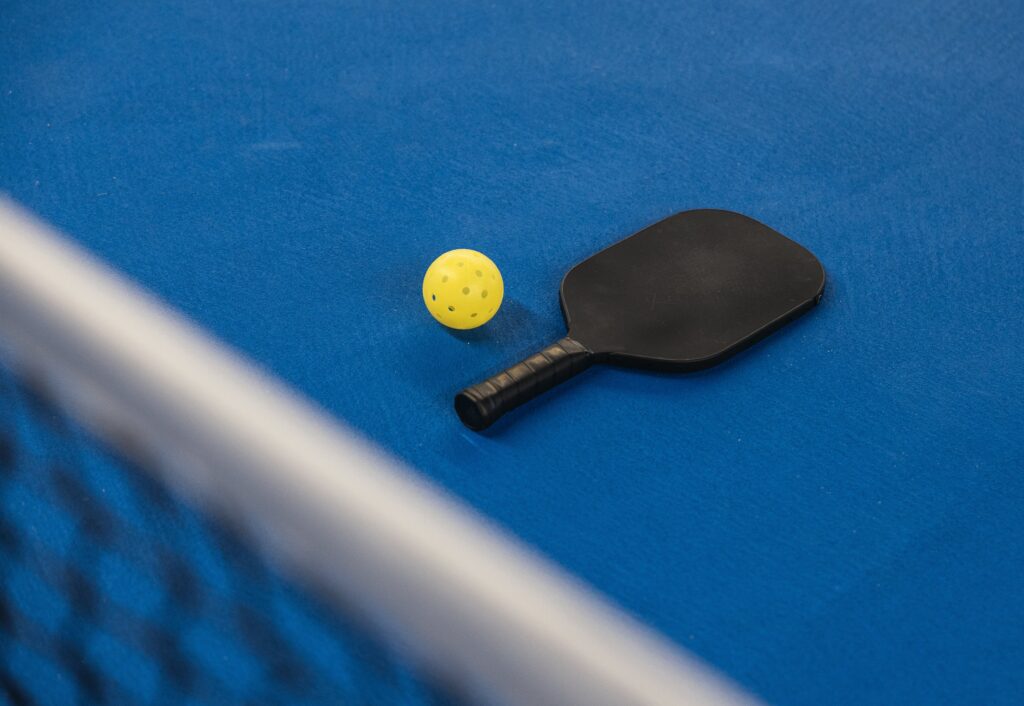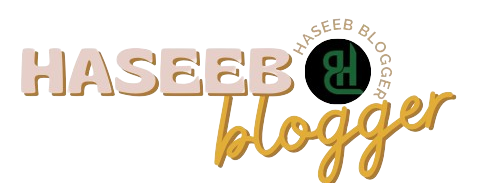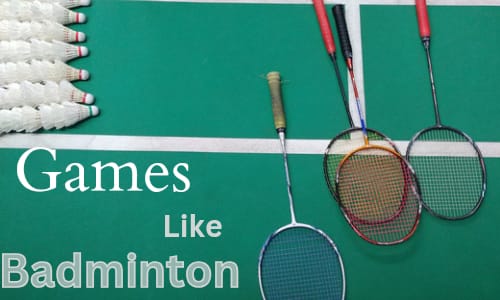Pickleball Badminton Like Game
Pickleball a badminton like game is a rapidly growing sport that combines elements of badminton, tennis, and ping pong. Played on a smaller court with paddles and a plastic ball, it is a great option for beginners and families due to its easy-to-learn rules and less demanding physical requirements compared to badminton.
Similarities to Badminton:
- Played with rackets and a shuttlecock or ball.
- Similar court layout with a net.
- Requires good hand-eye coordination and reflexes.
- Offers a fun and competitive environment.
Differences from Badminton:
- Smaller court size (20 feet by 44 feet) makes it easier to cover and less physically demanding.
- Paddles are shorter and lighter than badminton rackets.
- Plastic ball used instead of a shuttlecock, making it less affected by wind and easier to control.
- Underhand serve is required, making it a more accessible game for people of different ages and abilities.
Benefits of Pickleball:
- Easy to learn and play for all ages and skill levels.
- Great for improving hand-eye coordination, reflexes, and agility.
- Sociable and inclusive environment.
- Less physically demanding than badminton, making it ideal for those with joint or mobility issues.
- Can be played indoors or outdoors.
Equipment:
- Pickleball paddles
- Pickleball ball
- Net
- Court (20 feet by 44 feet)
Where to Play:
- Many public parks and recreation centers offer pickleball courts.
- Private clubs and gyms may also have pickleball facilities.
- Pickleball equipment can be purchased online or at sporting goods stores.
Overall, pickleball is a fun and accessible badminton like game that offers a great workout and social interaction. It is a perfect choice for people of all ages and abilities who are looking for a new and exciting sport to try.

Tennis: A Classic Sport for All Levels
Tennis a badminton like game, is a classic sport that shares many similarities with badminton, including the use of rackets to hit a ball over a net. However, it requires more strength and stamina compared to badminton due to the larger court size and heavier ball.
Similarities to Badminton:
- Played with rackets and a ball.
- Similar court layout with a net.
- Requires good hand-eye coordination and reflexes.
- Offers a fun and competitive environment.
Differences from Badminton:
- Larger court size (78 feet by 27 feet) requires more running and movement.
- Heavier tennis ball requires more strength to hit and control.
- Overhand serve is allowed, making the game more challenging for beginners.
- Tennis requires more advanced footwork and strategy compared to badminton.
Benefits of Tennis:
- Improves cardiovascular health and fitness.
- Develops hand-eye coordination, reflexes, and agility.
- Provides a challenging and competitive workout.
- Can be played indoors or outdoors.
Equipment:
- Tennis rackets
- Tennis ball
- Net
- Court (78 feet by 27 feet)
Where to Play:
- Public tennis courts are available in many parks and recreation centers.
- Private clubs and gyms also offer tennis facilities.
- Tennis equipment can be purchased online or at sporting goods stores.
Overall, tennis is a badminton like game which is challenging and rewarding sport that can be enjoyed by people of all ages and abilities. It is a great way to get exercise, improve your fitness, and have fun.

Squash and Racquetball: Fast-Paced Racket Sports with Unique Flavors
Both squash and racquetball are fast-paced, indoor racket sports that offer a great workout and can be enjoyed by people of all ages and skill levels and the most important is it is badminton like game. While they share many similarities, they also have some key differences that make each sport unique.
Similarities:
- Rackets and Balls: Both sports use rackets and a small, hollow rubber ball.
- General Gameplay: Both involve hitting the ball against a front wall so that your opponent cannot reach it.
- Points and Scoring: Points are scored when your opponent fails to return the ball, and games are typically played to 11 points (win by two).
- Basic Court Layout: Both courts have a front wall, two side walls, and a back wall.
- Mental and Physical Benefits: Both sports offer excellent cardiovascular exercise, improve hand-eye coordination, and require quick reflexes.
Differences:
Court Size:
- Squash: Smaller court (21 feet long by 11 feet wide)
- Racquetball: Larger court (40 feet long by 20 feet wide)
Ball Speed:
- Squash: Faster ball that travels up to 170 mph
- Racquetball: Slower ball that travels up to 120 mph
Front Wall Height:
- Squash: Higher front wall (19.5 feet)
- Racquetball: Lower front wall (12 feet)
Serve:
- Squash: Underhand serve
- Racquetball: Overhand serve
Playing Surface:
- Squash: Smooth, wooden floor
- Racquetball: Textured, concrete floor
Safety Equipment:
- Squash: Eye protection is recommended
- Racquetball: Eye protection is not required
Target Audience:
- Squash: Appeals to players who enjoy a faster-paced, more physically demanding game.
- Racquetball: Appeals to players who prefer a slower-paced game with a larger court.
Overall:
Both squash and racquetball are excellent options for those looking for badminton like game, fun and challenging workout. Choosing between the two ultimately comes down to personal preference and fitness goals. Try both to see which one you enjoy more!
Additional Notes:
- Both squash and racquetball can be played in singles or doubles.
- Both sports offer competitive leagues and tournaments for players of all skill levels.
- There are many public and private facilities that offer squash and racquetball courts.
- Equipment can be rented or purchased at most sporting goods stores.
Safety Tips:
- Always wear proper footwear and clothing when playing squash or racquetball which are badminton like game.
- Warm up before playing any badminton like game to prevent injuries.
- Be aware of your surroundings and avoid hitting other players in any of the above mention badminton like game.
- Use caution when playing near the front wall.
- Drink plenty of fluids before, during, and after playing badminton like games.
FAQs
What are the benefits of playing badminton-like games?
Playing badminton-like games offers various physical and mental benefits, including:
- Improved cardiovascular health and fitness: These games provide a great workout that gets your heart rate up and burns calories.
- Enhanced hand-eye coordination and reflexes: The fast-paced nature of these games requires quick reactions and precise movements.
- Developed agility and balance: Moving around the court and reacting to your opponent’s shots improves your overall agility and balance.
- Stress relief and improved mental well-being: Engaging in physical activity and having fun can be a great way to relieve stress and boost your mood.
- Social interaction and community: These games can be played with friends, family, or even strangers, offering a chance to socialize and build connections.
What equipment do I need to play badminton-like games?
The specific equipment required varies depending on the game. However, some common items include:
- Rackets or paddles: Most badminton-like games use rackets or paddles, with slight variations in size and weight depending on the sport.
- Balls: Each game uses a different type of ball, such as a shuttlecock for badminton, a plastic ball for pickleball, and a rubber ball for squash and racquetball.
- Net: All these games involve hitting the ball over a net, so you will need a net appropriate for the specific court size.
- Court: Each game has a designated court size and markings. You can play on dedicated courts or improvise your own space.
- Safety gear: Depending on the game, some safety equipment like eye protection may be recommended or required.
Where can I play badminton-like games?
Many options are available depending on your location and preferences:
- Public parks and recreation centers: Many parks offer free or inexpensive access to badminton-like courts.
- Private clubs and gyms: Many clubs and gyms offer badminton-like courts and may even have classes or programs available.
- Your backyard or driveway: If you have enough space, you can set up your own court for some backyard fun.
Are there resources available to learn how to play badminton-like games?
There are numerous resources available to help you learn how to play badminton-like games:
- Online tutorials and videos: Many websites and YouTube channels offer free tutorials and instructional videos for various badminton-like games.
- Books and magazines: Several books and magazines provide detailed instructions and tips for playing badminton-like games.
- Lessons and clinics: Many sports clubs and community centers offer lessons and clinics for beginners and experienced players.
- Coaching and training: If you want to take your game to the next level, you can consider hiring a coach or trainer for personalized instruction.
Remember, the most important thing is to have fun and enjoy the process of learning and playing all these badminton like game.

